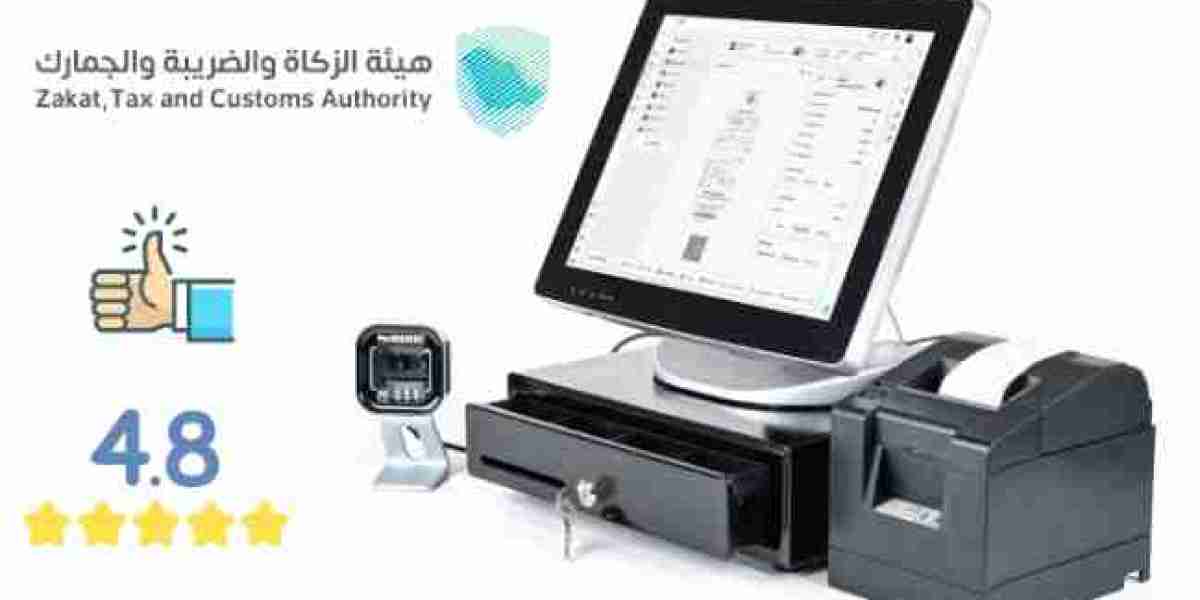The telehealth market has experienced rapid growth in recent years, driven by technological advancements, increasing demand for accessible healthcare, and the growing acceptance of digital health solutions. Telehealth refers to the use of digital technologies to provide healthcare services remotely, including consultations, diagnostics, and monitoring of patients. It leverages various platforms such as video calls, mobile applications, wearable devices, and remote monitoring tools to bridge the gap between patients and healthcare providers.
The global telehealth market is anticipated to continue expanding due to several factors. First and foremost, the COVID-19 pandemic significantly accelerated the adoption of telehealth solutions. With restrictions on in-person consultations and concerns about virus transmission, many healthcare providers and patients turned to virtual consultations. This shift in how healthcare is delivered created lasting changes, with many patients and healthcare providers finding value in the convenience and flexibility that telehealth offers.
Furthermore, the increasing prevalence of chronic diseases, aging populations, and the rising burden on healthcare systems are contributing to the growing demand for telehealth services. Chronic conditions such as diabetes, hypertension, and cardiovascular diseases require regular monitoring and follow-up care, making telehealth an efficient and cost-effective solution for ongoing management. Additionally, the aging population, especially in developed countries, is becoming more susceptible to multiple health issues, necessitating a more efficient healthcare delivery system. Telehealth offers an opportunity to meet this demand by enabling patients to receive care without needing to visit healthcare facilities in person.
Technology plays a pivotal role in shaping the telehealth landscape. Innovations in artificial intelligence (AI), machine learning (ML), and the Internet of Things (IoT) are helping to improve the quality of remote care. AI algorithms can assist healthcare providers in diagnosing conditions based on patient data, while IoT devices enable real-time health monitoring. Wearables, such as smartwatches and fitness trackers, are increasingly being used to collect data on a patient’s vitals, allowing healthcare providers to track and respond to any changes in a patient’s condition.
Regulatory changes are also influencing the growth of the telehealth market. Governments around the world have been revising and expanding telehealth policies to make it easier for patients to access healthcare remotely. In some regions, telehealth reimbursement rates have been adjusted to align with in-person visits, encouraging healthcare providers to offer more virtual care options. The flexibility of these policies, particularly in response to the pandemic, has made telehealth an attractive option for both patients and providers. However, regulatory hurdles still exist in certain countries, as the legal framework for telehealth is still evolving.
In addition to traditional healthcare services, telehealth is also playing a significant role in mental health care. Mental health professionals have increasingly embraced telehealth platforms to provide therapy and counseling remotely. The stigma around seeking mental health care is gradually diminishing, and telehealth offers a more private and accessible way for patients to receive the help they need. This trend is further supported by the growing awareness of mental health issues and the need for accessible mental health services.
The telehealth market is expected to experience growth across various segments, including telemedicine, telemonitoring, and mobile health (mHealth). Telemedicine, which involves the remote consultation between patients and healthcare providers, is one of the most prominent segments within the telehealth market. Telemonitoring, on the other hand, involves the use of remote monitoring tools to track patients' health status, particularly for those with chronic conditions. mHealth apps have become increasingly popular, enabling users to monitor their health metrics, access healthcare advice, and even book appointments with healthcare providers.
Despite its growth, the telehealth market faces some challenges. Data security and privacy concerns are among the primary obstacles. As telehealth platforms collect sensitive personal health data, ensuring the protection of this data is crucial. Cybersecurity risks, including data breaches and unauthorized access to patient records, remain significant concerns for both healthcare providers and patients. As a result, the industry is investing in robust security measures, encryption technologies, and compliance with data protection regulations such as the Health Insurance Portability and Accountability Act (HIPAA) in the United States.
Another challenge is the disparity in access to technology, especially in low-income regions and among vulnerable populations. Telehealth relies on stable internet access and digital devices, which may not be readily available in rural or underserved areas. This digital divide can limit the widespread adoption of telehealth services and create inequities in healthcare delivery.
Despite these challenges, the overall outlook for the telehealth market remains positive. The market is poised for continued growth as advancements in technology, changes in regulations, and increasing patient demand for convenient healthcare options continue to shape its trajectory. With greater investments in infrastructure, improved cybersecurity measures, and the ongoing development of telehealth platforms, the future of telehealth holds great potential in transforming healthcare delivery worldwide.



